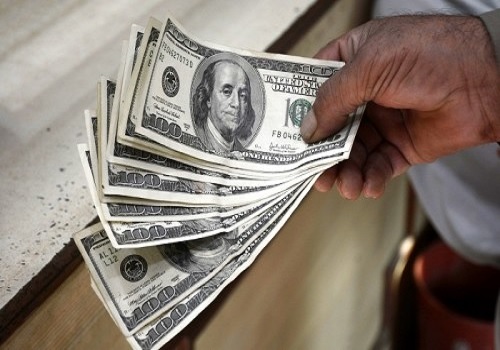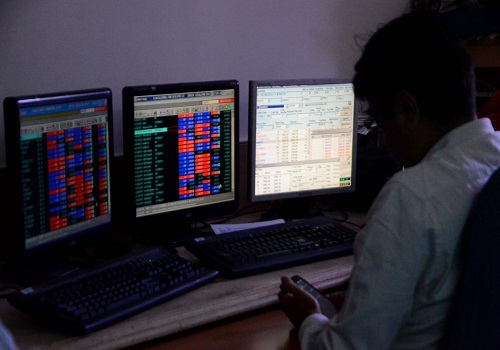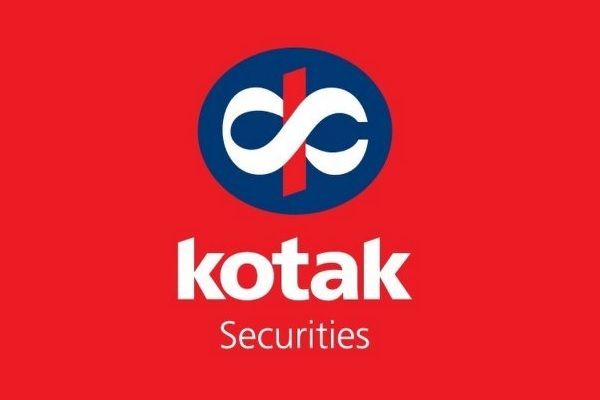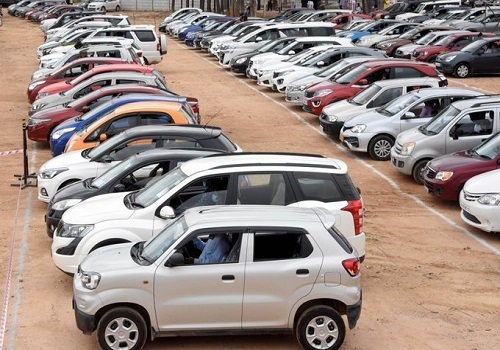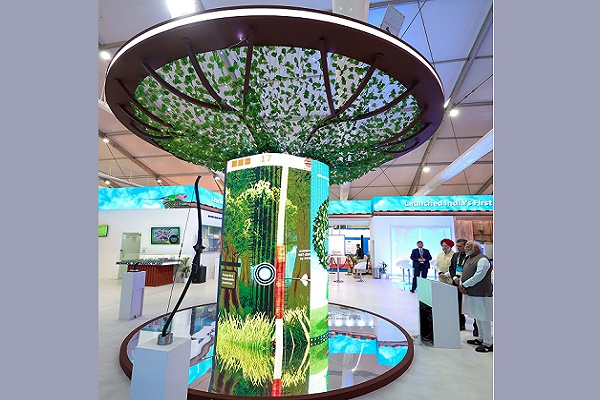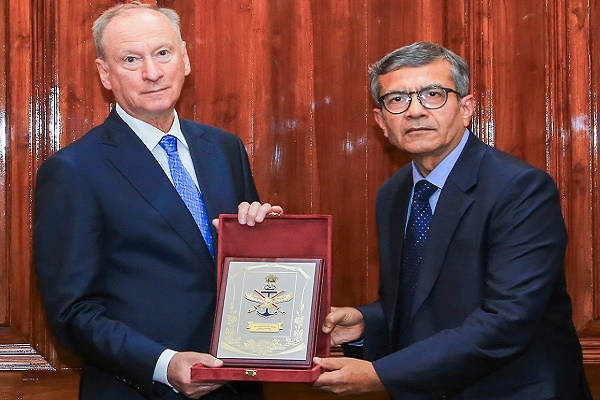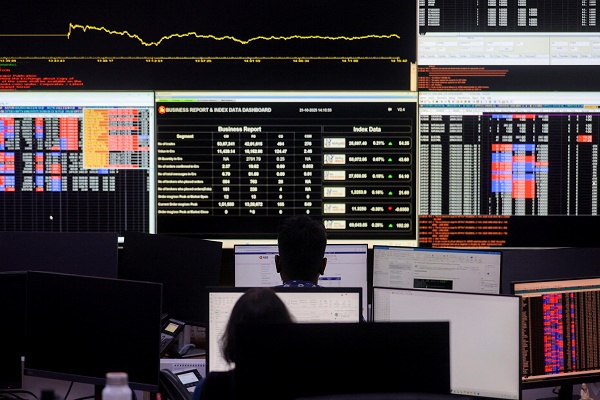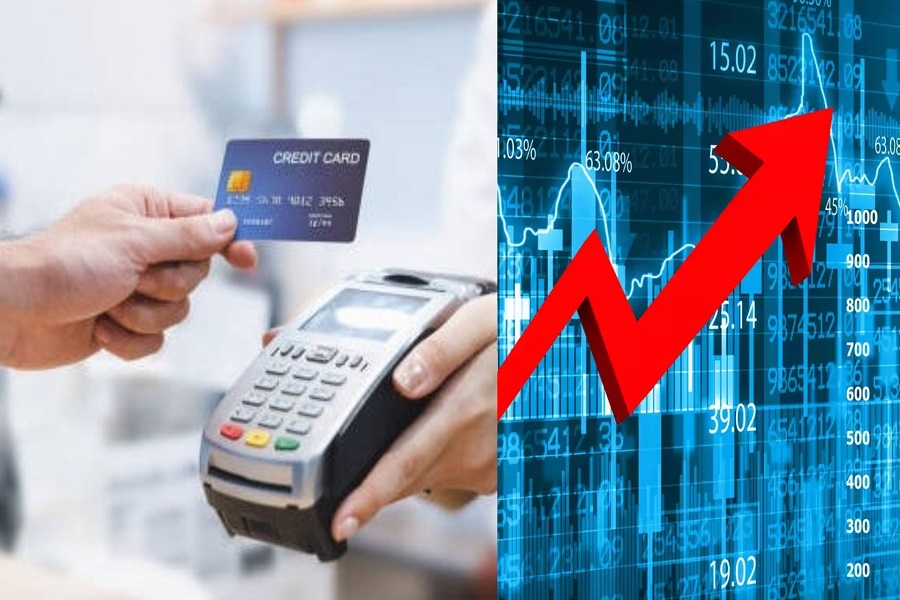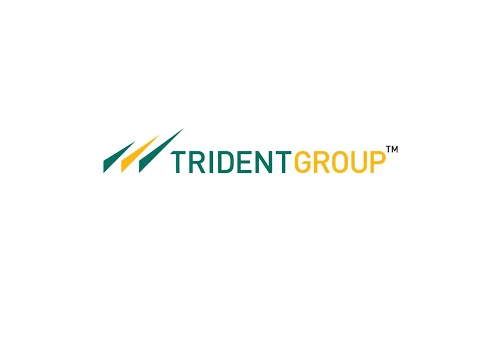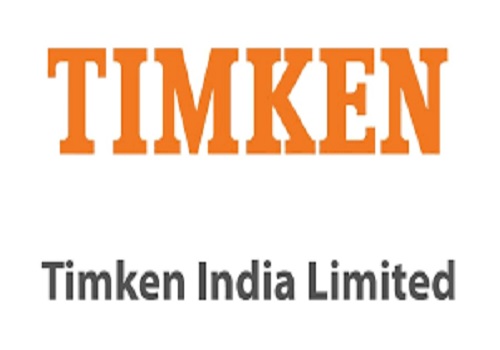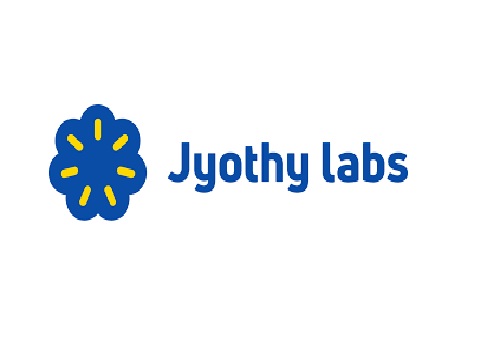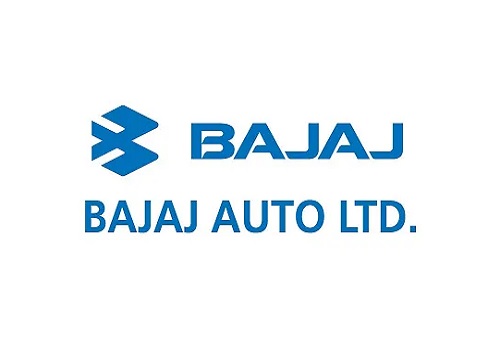Buy SBI Cards and Payment Services Ltd For Target Rs.1,300 - Motilal Oswal

Review of digital payment charges poses an overhang
Assessing impact and risk mitigants; remain watchful of developments
RBI proposed to issue a discussion paper in the next one month to cover aspects related to charges involved in various digital payment modes covering Credit Cards, Debit Cards, PPIs, UPIs, etc. This is with the intent to make digital transactions affordable to users and economically viable to providers. SBICARD has corrected ~9% over the past two days on fears of a reduction in MDR charges, which can adversely impact profitability. SBICARD’s spend-based fee constitutes 45-54% of total fees and corresponds to 18-23% of total revenue. As per our sensitivity analysis, we estimate 8-17% earnings impact in case MDR on Credit Cards is reduced by 10-20%. As the company mitigates this impact by effecting a reduction in payment processing charges, cost of reward points, and the interest free payment period to customers, the earnings hit could be shielded by 5- 12%. This would limit the RoA/RoE damage to ~21-37bp/87-155bp. After a 9% decline in the stock price, it is now trading at 23x FY24E earnings, which appears attractive. Any reduction in MDR charges will be critical to earnings, keeping us watchful in the near term.
Digital payments are witnessing strong growth; card spends grew 65% YoY during FY22 YTD
Digital payments have grown at 69% CAGR over the past three years, led by robust traction in UPI, while other payment instruments have reported strong growth. The mix of digital payments in the overall retail payments has thus increased, with UPI constituting 80% of digital payments (barring NEFT, RTGS, and IMPS). With an improvement in the economic environment and ongoing recovery after the COVID19 outbreak, Credit Card spends have shown a strong 65% YoY growth during FY22 YTD (crossed the milestone of INR1t during Oct’21). However, the usage of cash has also increased, with currency in circulation being higher than pre-COVID levels. This, coupled with the fact that per capita digital payment transactions in India still stands the lowest, presents a huge growth opportunity for digital payment players.
Debit Card MDR lowered successively – little scope for further reduction
RBI has successively reduced MDR on Debit Cards from 0.75% of the transaction value of less than INR2k to nil currently, while the same for a transaction value of more than INR2k has been reduced lower to 0.6%, or INR150, from 1% (please refer Exhibit 8 for details). At the same time, all transactions on RuPay Debit Cards and UPI carry nil payment charges. For QR code-based payments, MDR stands lower at 0.3% and 0.8%, respectively.
UPI has been an immense success backed by NIL payment charges
UPI payments have grown at 234% CAGR (37x) over the past three years, unfazed by the pandemic, while few other digital payment instruments reported a sharp moderation. The channel reported absolute spends of INR7.7t in Oct’21 (up 100% YoY), backed by NIL charges and higher convenience for customers. While RBI has suggested to make payments economically viable, imposition of any charges has to be a carefully thought move as it can disrupt the intent to promote the use of digital payment instruments. Based on discussion and suggestions from different stakeholders, RBI may look to levy minor charges based on the spend threshold.
Credit Card MDR in India stands relatively higher - will it be lowered?
MDR on Credit Card in India stands relatively higher at 2-3.5% vs other countries, with the card acquirer receiving the largest proportion, followed by POS player and the network provider. The reduction in Credit Card MDR will impact profitability of all stakeholders and can adversely affect growth, given the expenses incurred by the stakeholders on underwriting and credit risk management, interest free period, installation of POS machines, and payment processing charges. Given the reluctance by small shopkeepers to accept payment via Credit Cards, due to high MDR and instead preferring UPI, RBI may look to review these charges in its proposed discussion paper.
Globally credit card MDR varies from 0.3-1.6%; payment settlement period differs significantly
We note that globally, the credit card MDR varies across countries in the range of 0.3-1.6% while debit cards have a MDR of upto 1.1%. Among major countries, Argentina, Canada, Mexico, South Korea and Taiwan have a MDR of ~1.3-1.6% while countries like EU, China, Malaysia and Switzerland have a MDR of ~0.3-0.7%. On the contrary, few countries like US and Thailand have no regulatory cap. Further, we note that the payment settlement period too differs significantly among countries.
SBICARD – Spend-based fee forms 18-23% of total revenue; lower revolve rate has increased criticality
Over the past few years, spend-based fee has been in the 45-54% range of total fee income and corresponds to 18-23% of total revenue. The sharp rise in retail spends over the recent months, continued moderation in revolve rate driving a sharp compression in NII growth/margin, and importance of spend-based fees as a key earnings driver has increased further. We currently estimate spends based fee to average 105-146% over FY22-24E PAT. Any impact on this will have a significant impact on earnings.
Earnings sensitivity to MDR: 8-17% earnings hit under different scenarios
As per our sensitivity analysis, we estimate 8-17% earnings impact in case MDR on Credit Cards is reduced by 10-20%. As happens in the real world, the company will try to mitigate the impact by: i) effect a reduction in payment processing charges (~30bp of spends), ii) reduction in the cost of reward points (~40bp of spends), and iii) reduction in interest free payment period offered to customers. Together these mitigants will help shield 5-12% of the potential earnings impact as per our scenarios, thus limiting RoA/RoE impact to 21-37bp/87-155bp (refer Exhibit 16). This analysis is for illustrative purpose only as the actual changes can turn out to be materially different v/s what we have shown.
Valuation and view
SBICARD has reported a strong recovery in card acquisition and retail spends after COIVD-19 disrupted the growth trajectory. We estimate loan book/earnings CAGR of 30%/56% over FY21-24E, supported by robust growth in spends, strengthening asset quality, and improvement in operating leverage. After a 9% decline in the stock price, the stock is now trading at 23x FY24E earnings, which appears attractive given the company’s strong fundamentals, long-term structural story in a highly underpenetrated space, and superior earnings growth. The reduction in MDR charges will be critical to earnings. We remain watchful on developments in the near term.
To Read Complete Report & Disclaimer Click Here
For More Motilal Oswal Securities Ltd Disclaimer http://www.motilaloswal.com/MOSLdisclaimer/disclaimer.html SEBI Registration number is INH000000412
Above views are of the author and not of the website kindly read disclaimer
